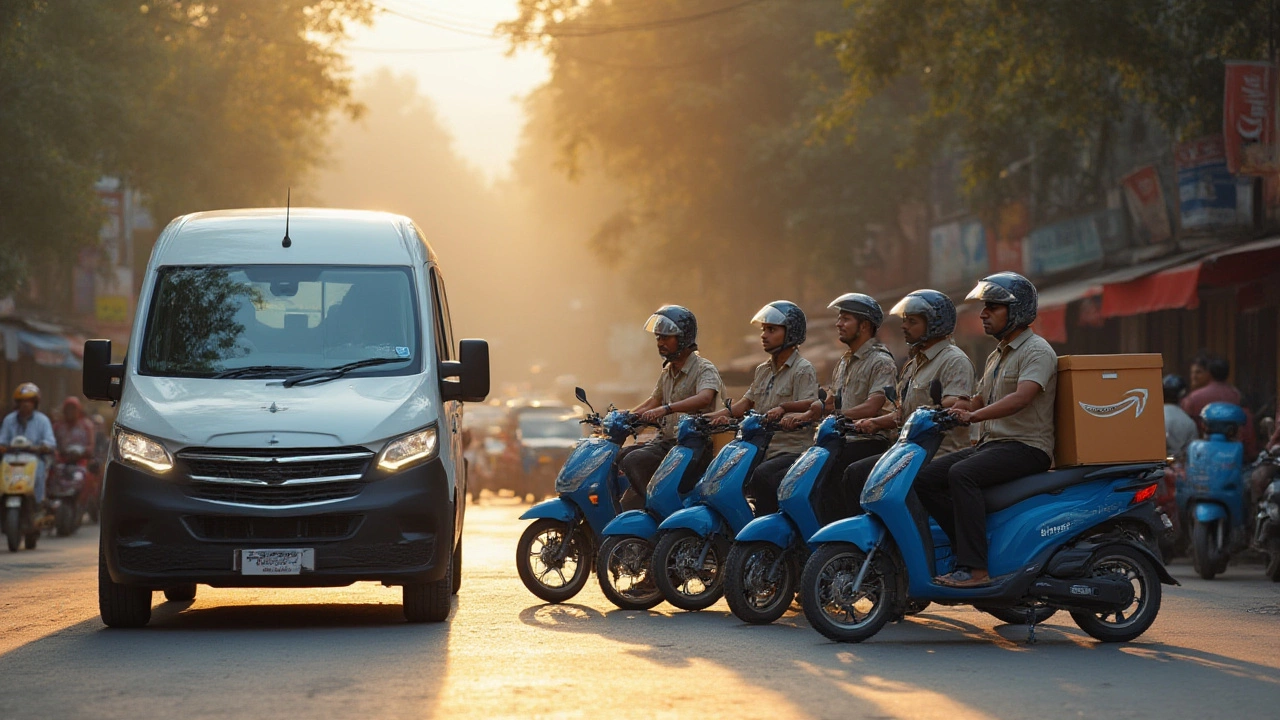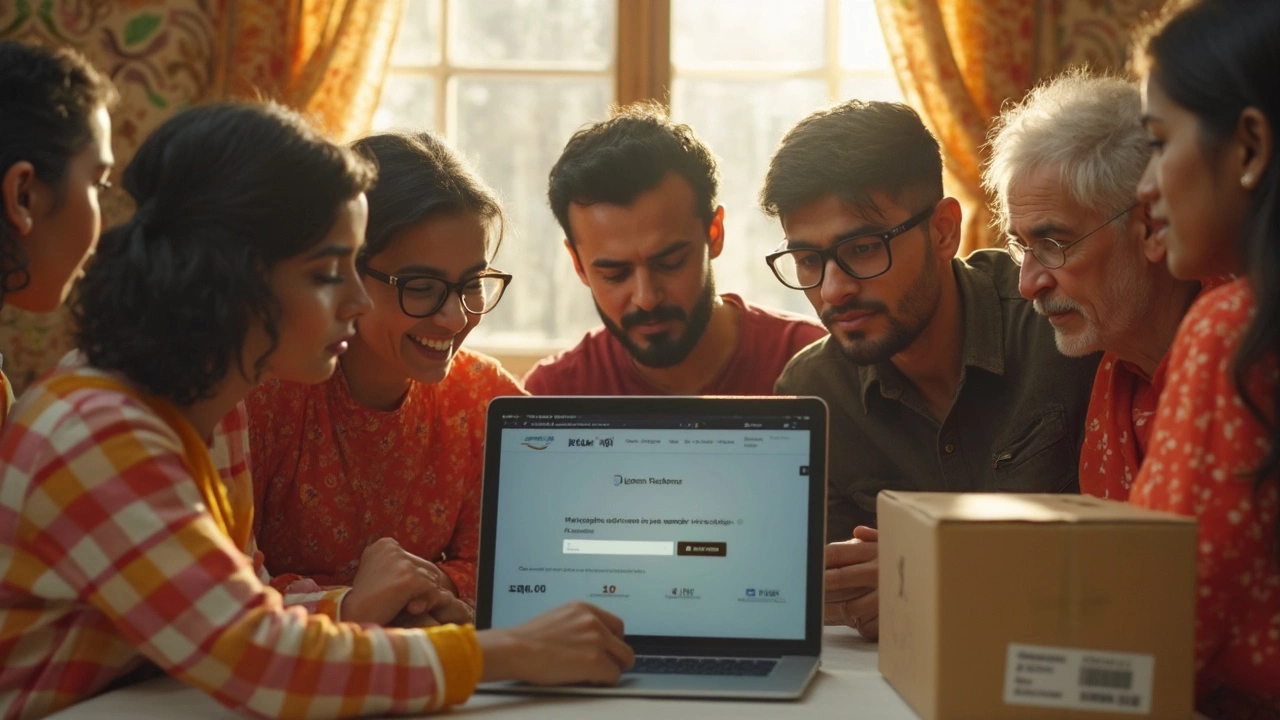Amazon Delivery: What You Need to Know in 2025
Ever wonder how that Amazon box gets to your front door so fast? It’s not magic – it’s a mix of smart warehouses, fast trucks, and a lot of people hustling on the last mile. In this guide we break down the steps, the costs, and the earnings for drivers who make it happen.
How Amazon Moves Packages from Warehouse to Doorstep
First, the item lands in a fulfillment center. These are the huge Amazon warehouses you see on the news. The biggest one, highlighted in our post "Largest Amazon Warehouse: Facts, Size, and Its Role in Modern Logistics", stores millions of SKUs and uses robots to pull items to packing stations.
Once packed, the box is sent to a sortation hub. Here it gets grouped with other orders heading the same direction. From the hub, a local carrier – either an Amazon Flex driver, a third‑party courier, or a regional carrier – picks it up.
The final stretch is the "last mile" delivery. This is where the driver’s route planning software decides the most efficient path, often delivering several houses in a single trip. The whole chain is measured by delivery time, cost, and reliability, which is why Amazon keeps tightening its network.
How Much Amazon Delivery Drivers Earn
If you’re thinking about driving for Amazon, the pay question is front‑and‑center. Our article "How Much Do Amazon Delivery Drivers Make? Updated Salaries, Tips, and Real Earning Potential in 2025" shows the range: entry‑level drivers start around $18 per hour, while top performers can earn $30 or more when you add tips and bonuses.
Pay varies by market, time of day, and how many packages you handle. Amazon Flex drivers are independent contractors, so they get paid per block of deliveries – usually $18–$25 per hour after expenses. Full‑time Amazon delivery associates, on the other hand, receive a regular hourly wage plus benefits.
To boost earnings, focus on high‑density routes, keep your vehicle in good shape, and track performance metrics like on‑time delivery rate. The better your stats, the more likely you are to get premium shifts.
Whether you’re a shopper curious about where your order goes, or a driver weighing the pay, the key takeaway is that Amazon delivery relies on a tightly linked system of warehouses, sortation centers, and drivers who keep the wheels turning. Understanding each link helps you make smarter choices – from expecting realistic delivery windows to negotiating your own driver rates.
Got more questions about e‑commerce shipping, driver pay, or warehouse tech? Check out our other guides on e‑commerce delivery, WMS basics, and last‑mile logistics for deeper insights.
Amazon Delivery vs Amazon Logistics: Key Differences Explained for Shoppers and Sellers
Unpack the real differences between Amazon delivery and Amazon Logistics. Discover how each fits into your Amazon order experience and why it matters for buyers and sellers.
Read MoreDoes Amazon Ship Internationally? Truth, Restrictions, and Workarounds
Wondering if Amazon ships directly to your country? You’re not alone—many folks outside the U.S. want that iconic brown package on their doorstep. This article explains which countries Amazon delivers to, what can hold your order back, and where the big roadblocks pop up. You’ll also pick up some handy workarounds if a product isn’t available in your country. Get the real scoop so your next Amazon haul goes a lot smoother.
Read More
